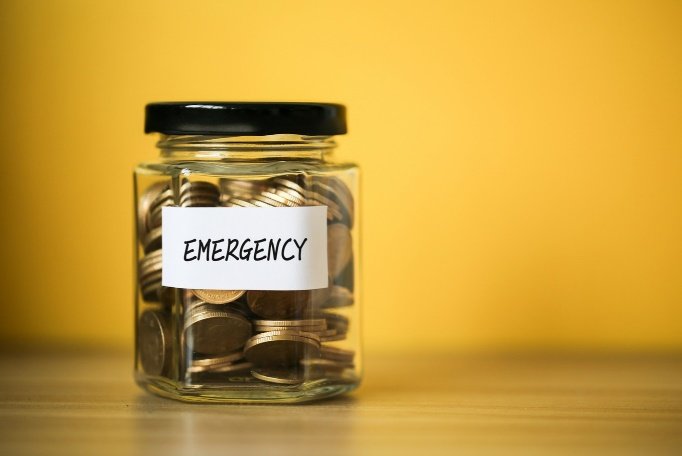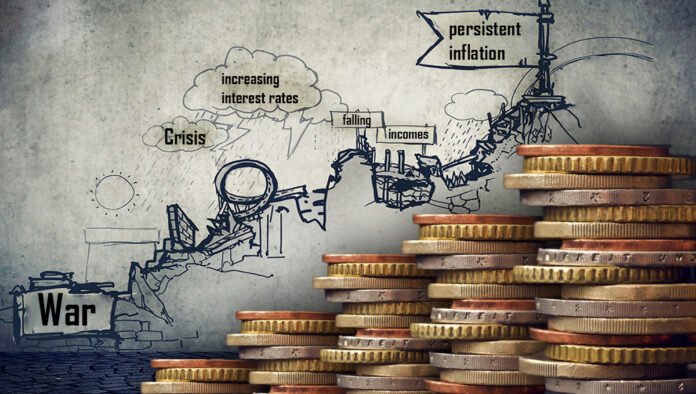During economic crises, the purchasing power of consumers tends to decrease, which is a common symptom of distress.
Numerous reasons can trigger a recession, including increasing interest rates, persistent inflation, falling household incomes, and consistent drops in the stock market. Added to these are newer factors like the immense impact of the global pandemic, the ongoing conflict in Ukraine, longstanding Palestinian issues, and the growing burden of foreign debt among nations, to name a few.
In a world where the population has soared past the 8 billion mark, it’s observed that economic crises tend to happen every couple of years.
These events often occur alongside a drop in consumer spending on goods and services, which negatively affects business health and worsens the economic downturn.

As the delicate balance of the economy swings back and forth between periods of solidity and episodes of unpredictability, the decisions and behaviors of consumers become crucial. These choices they make are instrumental in crafting the trajectory the economy takes towards recovery. Especially in times when employment opportunities begin to wane and the funds in people’s bank accounts dwindle, a collective change in consumer habits often becomes evident.
People cut spending, buy cheaper and used goods, and delay big buys like cars and houses. Companies cut prices and adapt their products. How consumers and businesses react can speed up recovery or worsen a recession.
1) Narrowing down expenses
In times of economic uncertainty when financial stability is wavering, individuals invariably gravitate towards evaluating their spending habits with a more critical eye. This often results in intentional efforts to pare down on non-essential expenditures. By analyzing their budgets, people begin to prioritize their spending and find areas where they can reduce costs.
In attempting to adjust to a leaner budget, many will identify superfluous items on their shopping lists and remove them in order to allocate more funds to essential needs.
Extravagant purchases are temporarily halted, and all items deemed a luxury are promptly put on hold. Luxury goods and services, previously standard in their spending habits, are now seen as unnecessary extras.
Therefore, these items are the first to be sidelined as individuals aim to ensure that their finances are sufficient to cover the fundamental necessities of daily life. During this financial recalibration, maintaining a comfortable lifestyle takes precedence over indulging in the pleasures of expensive and unnecessary goods.

2) Twisty Value of Money
With the steady increase in prices, the purchasing power diminishes, meaning we can buy fewer items with the amount of money we have. When there’s a rise in the cost of imported goods, we face heftier charges to acquire them. This situation can lead to volatility in the currency’s value, rendering it unstable and unpredictable. Consequently, prices become unpredictable and may fluctuate with time.
It’s at times like these that having an emergency savings reserve proves to be exceptionally beneficial.
The ability to draw from a financial safety net can provide a buffer against these economic pressures, offering some peace of mind amidst the financial uncertainty.
3) Government’s Role
The role of the government is extremely significant when it comes to aiding the population during challenging periods. It often steps in proactively to provide assistance and prevent economic crises from worsening by taking action at an early stage.
To address these difficult situations, a variety of special financial support programs, including numerous funds and loans, are systematically organized and made available to the public.
This supportive action by the government is designed to offer a safety net to the people, mitigating the hardships they face and ensuring that financial difficulties are tackled before they escalate into more severe problems
4) Businesses Growing
In the midst of challenging periods, it’s not uncommon for businesses to make rapid decisions and enter into agreements intended to assist those struggling to emerge from tough situations. Businesses often assist those in need through strategies like revising prices, launching new products, and sales events, which can also lead to their financial gain. All of these are typical maneuvers that companies use to stay afloat and profitable while simultaneously offering support to those who are trying to recover from economic hardships.

In the midst of an economic crisis, a vast and intricate symphony is orchestrated, with the melody of consumer purchasing power creating a rich and multifaceted narrative. This narrative unfolds a tale filled with numerous challenges and the various adjustments that people must make.
It intricately describes the way people’s individual spending decisions are tightly interwoven with large-scale economic factors that are often beyond their control.
With each phase, as we navigate through the times when resources seem ever more scarce, the insightful lessons gathered in the efforts to maintain and revive the buying power of consumers emerge as crucial focal points.
These lessons serve as imperative guides in the daunting yet critical process of reconstructing and revitalizing economies that have been shaken by financial turmoil.
The dance of consumer purchasing power amidst the pressures of economic strain forms a story that is both timeless and timely, highlighting how vital it is for consumer confidence to be bolstered and safeguarded, ensuring it plays its role in the grand orchestration of economic recovery and growth.



